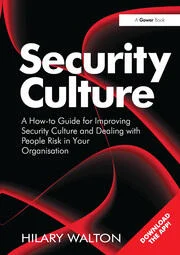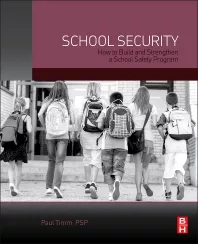Why Change is so Hard – And How to Handle It

Imagine that right before you drove home from work, someone told you that all the old traffic laws had changed forever: red no longer meant stop and green no longer meant go. In fact, all of the signs that used to guide you were no longer valid. The old laws were gone but the new laws were yet to be written. How would you feel and what would you think as you set out for home?
Often, change happens just like that. It’s sudden, it’s quick and it disrupts our routine. Whether it’s the unforeseen sale of a company, the sudden loss of a job or the unexpected loss of a loved one, the world you once knew is gone, and it’s difficult to know what to do next. It’s frightening, because one way we survive is by being able to predict our environment and acting accordingly. When predictability disappears, so to our sense of safety.
Change is Difficult
In this way, change can trigger our most basic survival instincts, and even when physical survival is not an issue, it can feel as if it is whenever things change. This is why change is so difficult: Our known existence, whether we liked it or not, is replaced by an unknown one, and we become fearful and disoriented, not knowing where to turn next to find the comfort and safety we seek.Natural leaders respond quickly and boldly to the circumstance of change by taking steps to reestablish a sense of balance for themselves, and his/her followers. Here are four tips to help you lead yourself and others through difficult and perhaps sudden or unforeseen change.
Tip One: Whatever you’re feeling, it’s okay.
Change may stir up a host of emotions, including sadness, fear and/or anger. There are no rules on what anyone should feel, but everyone should feel something. If not, then emotions may be lurking beneath the surface of one’s awareness, and make its presence known at the worst possible moment, perhaps emerging as an unintended sharp word or fit of impatience. Remember this: Emotions in and of themselves are neither good nor bad; it’s what we do as a result of what we feel that determines the outcomes we get. Acknowledging feelings makes them easier to control. Therefore leaders acknowledge their own feelings when things change, and validate the feelings of others. You shouldn’t feel that way is not part of an effective leader’s lexicon.
Tip Two: Mourn first, and then move on.
In a similar vein, it’s important to mourn and move on when unwanted change hits, and in that order. Almost every unwanted change brings with it a sense of loss and a wistful desire to return to the way things were.
In an attempt to move on, it’s tempting to make the mistake of encouraging people to embrace the new without giving them time to let go of the old. Sometimes we have to go slow at first to go fast later on. Change leaders create environments where people can process their thoughts and feelings about what they are giving up and what they will miss, before they have followers focus exclusively on what they will gain. Leaders do whatever they can to help people let go of the old before they ask them to latch on to the new.
Tip Three: Demand perfect effort, not perfect results.
Often, change comes in bursts, as one change begets another. This can feel overwhelming, especially to those who weren’t involved in planning the change or otherwise didn’t see it coming. To them, change can feel particularly risky or threatening. To help reduce anxiety, leaders should demand maximum effort in response to the change, but not perfect results. Not all of your change initiatives will turn out exactly as planned. Leaders acknowledge this, and encourage followers to learn and adjust as they go.
Tip Four: Break long-term change down into doable chunks.
One organization I encountered had this operational philosophy toward change: “We’re born on Monday, we die on Friday, and we’re reborn on Monday.” It worked like this: Every Monday each work group would get together and decide on the two to three big ideas they would concentrate on that week, whether it was customer service, operations improvements or whatever else tied into their longer term strategic change plan. On Friday, they would debrief what they learned during the week from their focused efforts, and on Monday they started the process all over again. In this way, they took longer-term change and broke it down into short-term, doable increments. Keep you daily operational focus on immediate steps, lest followers become immobile in the face of seemingly unattainable longer-term change goals and objectives.
Looking for a reprint of this article?
From high-res PDFs to custom plaques, order your copy today!







